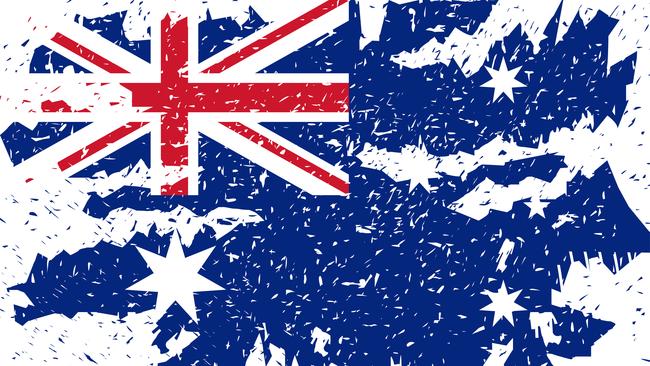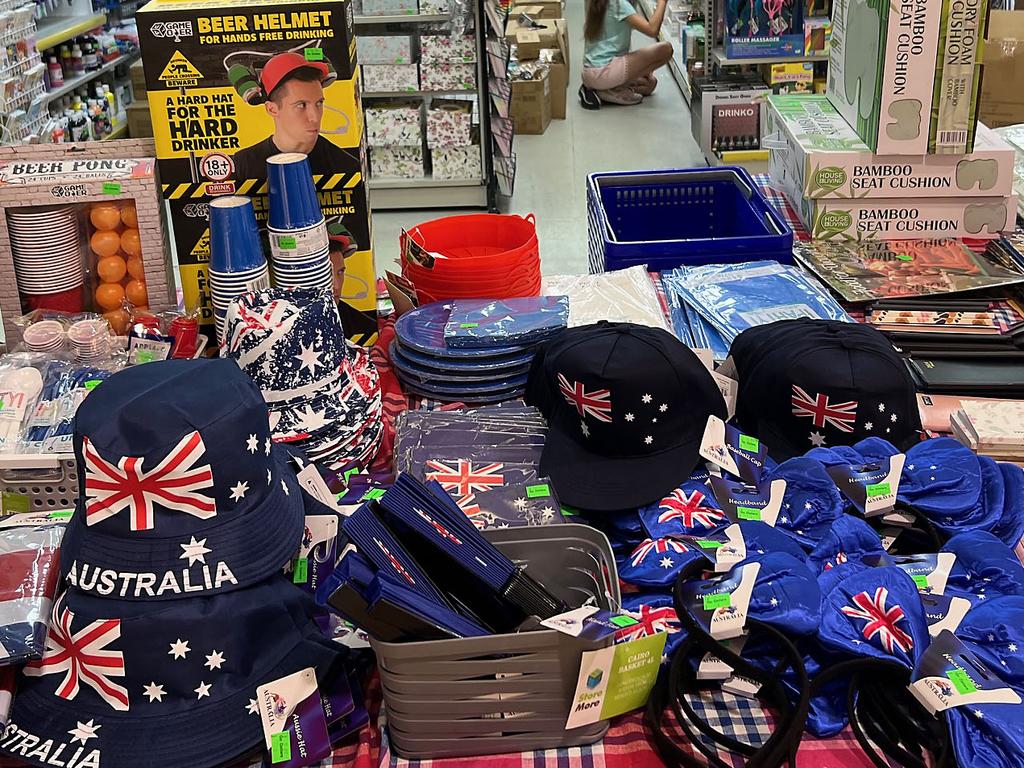Australia Day isn’t what it used to be

We’re away, said one group. Starting Febfast early, said another. Why, what’s next Friday? asked one. Exactly.
Australia Day, with its capital letters isn’t what it was a few years ago.
Once there were picnics, ferries racing, planes flying, parades of flags worn with boardies, blokes drinking beer in kiddie pools, the slap of thongs as revellers gathered around an Esky. It still happens.
But not as much and it doesn’t feel obligatory. For some, it feels offensive.
The erosion of the day of national pride started a while ago, perhaps when pride morphed into something darker; when pride took the flag off poles and draped it around the shoulders of angry youth.
The Southern Cross tattoo, the salt-encrusted flag shirt, the emblem bikini looked threatening to families on picnics or those queuing for citizenship certificates.
Then came the advocacy against the day, the day of invasion for original Australians. Rethink the day. Change the date. Change the celebration. Acknowledge the hurt, repair the damage.
How do you celebrate with barbeque lamb chops when the celebration is so hurtful to many. The rallies got bigger and the picnics smaller.
So, we are increasingly troubled by the day. When there is so much ambivalence about the meaning of the day; when even supermarkets don’t agree whether selling patriotic tat is a good idea, it can’t be a day of unification, no matter how much we want it to be.
Something should be done about it and, boy, I’m glad I don’t have to decide what. But, until then, it might help to remind ourselves that Australia Day hasn’t always looked like it does today.
It even didn’t look this way a few decades ago.
The first slap up Australia Day was the 1988 bicentennial when organisers had the budget, the song and the celebrities to make a celebration of a nation. Fireworks, ferries, furry fauna, First Fleeters, tall ships and loud planes. There wasn’t a trope left untold.
Before that it was just another long weekend, the last hurrah of summer. It wasn’t even held on the day but the nearest Monday to the date.
In the ’70s, celebrations such as they were, centred on quaint parades of floats, men in suits making speeches and flag raisings over country memorials. No wonder most of us got drunk.
Its history is just as sketchy. It only got its name in 1938; the first parade was in 1964 and a permanent day on the calendar only came in 1994.
And it was really the ’90s that ushered in the burst of patriotism under John Howard, the plethora of citizenship ceremonies and the start of a funny lamb commercial that spoke to our hearts.
Something so new can hardly be held as a tradition. Something that has changed shape virtually every decade for a century can hardly be held as sacrosanct. Something that changes focus almost as often as the lamb commercial changes themes is hardly set in stone.
Dare I suggest, that’s so Australian. For we are young and free – sorry one and free. For we are forever flexible, always being asked to change our vision of who we are and who we might be. Unfussed about tradition, unsure about origins, unwilling to offend and trying not to take offence ourselves. Here’s a flag, wear it. Here’s another million citizens, cope with it.
Here’s another way of seeing it, hear it out.
This Friday may be less a fixture on the social calendar and more a moveable feast; it may be flagged on the calendar but flag-free on the day but I can’t wait to toast its next iteration.
Macken.deirdre@gmail.com




Friends say they’re not doing anything special next Friday – not even barbequing lamb.